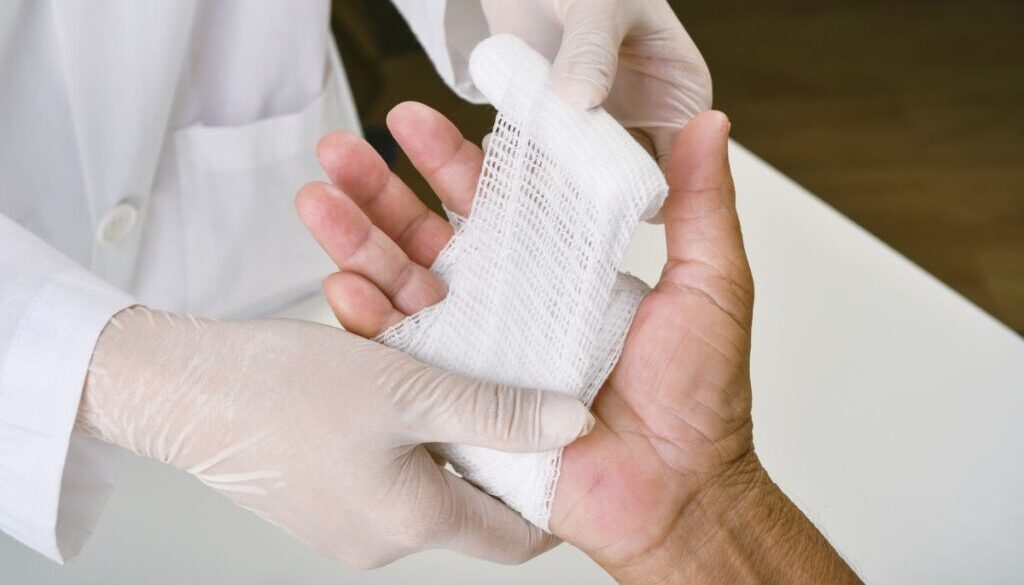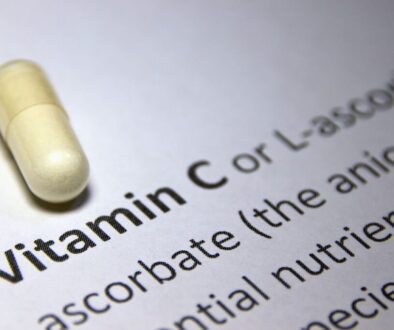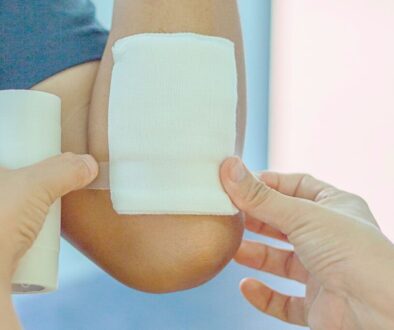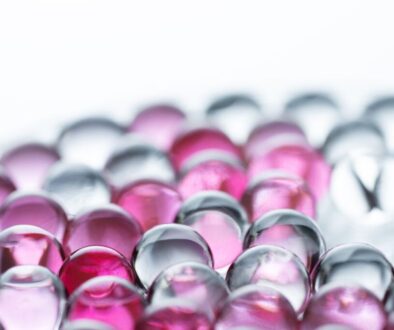Understanding Biological Wound Care Materials For Healing
Are you struggling with slow-healing wounds? Delayed recovery can lead to complications and impact patient outcomes. That’s where biological wound care steps in. This innovative approach uses advanced biological materials from natural and synthetic sources. It speeds up healing and improves outcomes. Biological wound care works for chronic wounds and surgical sites. It provides faster, more effective recovery solutions.
In this article, we’ll explore the role of biological wound care, its benefits, types, and impact on treatment practices. Discover how innovative materials are changing medicine. They heal faster, reduce complications, and improve patient outcomes.
Understanding Biological Wound Care Materials For Healing
Biological wound care materials are innovative products made from living organisms or designed to mimic natural processes. They help create optimal conditions for healing and are especially useful for chronic wounds, burns, or traumatic injuries. These materials can be sourced from plants, bacteria, animals, or synthetic polymers.
Biological materials protect the wound and support tissue regeneration. They aim to speed up recovery and reduce infection risks, leading to a better overall wound healing process and transforming wound care.
Types Of Biological Materials In Wound Care
Biological materials are transforming wound care by accelerating healing and reducing complications. Derived from nature, they’re designed to support tissue repair and regeneration. Exploring their types and uses can unlock their full potential to improve treatment and recovery.
- Collagen-based products. Collagen, a natural protein in the skin, supports tissue repair and healing. These products provide a matrix that promotes cell growth and speeds up healing. They work well for chronic wounds, including pressure ulcers, diabetic foot ulcers, and surgical wounds.
- Amniotic membranes. Amniotic membranes come from placental tissue. They’re rich in growth factors and have anti-inflammatory and regenerative properties. These membranes help repair tissue, reduce scarring, and control inflammation. They’re ideal for treating burns and non-healing ulcers.
- Scaffolds. These structures mimic the skin’s extracellular matrix, providing a framework for new cells to grow. Scaffolds offer structural support and biochemical signals, promoting tissue formation and healing. They’re beneficial for deep wounds requiring tissue regeneration.
- Cellular therapies. Advanced wound care uses cellular therapies with living cells like stem cells, keratinocytes, and fibroblasts. These cells speed up the body’s healing process, improve blood flow, and support healthy tissue growth. Cellular therapies are highly effective for complex, non-healing wounds, helping improve wound closure and overall outcomes.
The Role Of Biological Materials In Healing
Biological materials are essential for wound healing. They deliver growth factors and regulate inflammation, creating an environment that promotes cell growth. They also offer mechanical protection and send signals to speed up the body’s natural repair process.
Key Applications Of Biological Wound Care
Biological wound care products play a vital role in various medical scenarios. Here are some of their primary uses:
- Chronic wounds. Conditions such as diabetic foot ulcers and venous ulcers often demand prolonged treatment. Biological materials help speed up healing. They also reduce the risk of complications.
- Surgical and traumatic wounds. The products help with recovery after surgeries or injuries. They support rapid tissue regeneration for a smoother healing process.
- Burns and skin grafts. Biological dressings and skin substitutes protect burn sites, promote healthy skin growth, and improve recovery outcomes.
Biological wound care is evolving. It offers new hope for patients with complex wounds. These innovations support the body’s natural healing process. They’re transforming wound care and improving lives.
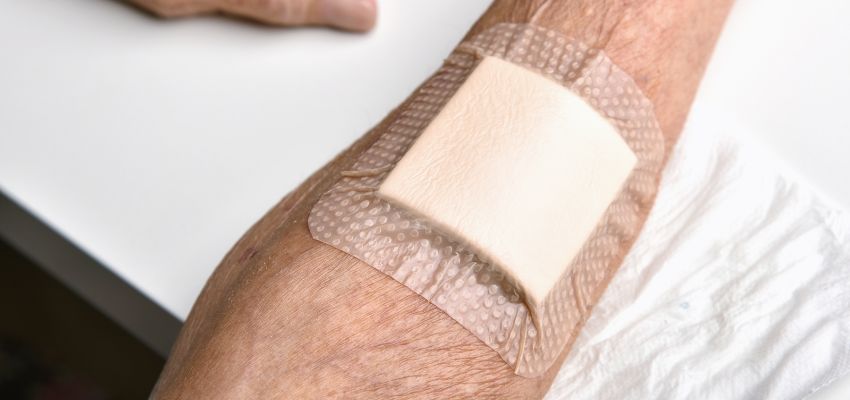
Advantages Of Biological Wound Care Products
Biological wound care products offer a broad range of benefits, making them valuable in modern medicine:
- Accelerated healing and tissue repair. These materials mimic the body’s natural healing process, creating an ideal cell growth and tissue regeneration environment. They help wounds heal faster, especially chronic or complex ones that don’t respond to traditional treatments.
- Lower risk of infection. Biological products form a barrier against harmful microbes. They keep wounds clean and lower the risk of infection. This helps wounds heal faster and reduces antibiotic use. Less antibiotic use means less risk of resistance.
- Enhanced patient outcomes. These advanced wound care solutions speed up recovery and reduce scarring. Patients feel less pain and see better cosmetic results. They can return to regular routines faster, improving physical and emotional well-being.
Biological wound care products are a breakthrough in medical science. They provide practical solutions for many types of wounds. These products are also designed to be patient-friendly.
Major Types Of Biological Wound Care Materials
Let’s explore some of the most commonly used biological materials in wound care:
Collagen-Based Dressings
These dressings help promote cellular activity and support new tissue growth. They’re versatile and work well for wounds, including pressure ulcers and surgical incisions.
Dermal Substitutes
These materials are designed to mimic the skin’s natural structure. They offer temporary or permanent coverage for severe and complex wounds.
Amniotic Membrane Products
Amniotic membrane products are rich in growth factors and anti-inflammatory properties. They are highly effective for managing persistent non-healing wounds and acute injuries. DonorCure specializes in high-quality amniotic tissue allografts. These grafts are carefully processed to retain essential biological components. They support optimal wound healing and deliver natural regenerative properties—an excellent choice for faster, more complete recovery.
Cellular And Tissue-Based Products (CTPs)
CTPs use stem cells and regenerative therapies for wound care. They offer advanced, innovative solutions, and even the most challenging cases can benefit.
Selecting The Optimal Biological Material For Wound Care
Choosing the right biological product for wound care takes careful evaluation. Healthcare professionals must consider several key factors.
- Wound Characteristics. The wound’s depth, size, and severity are essential in determining the most suitable material.
- Patient-Specific Needs. Key factors are the patient’s age, health, and underlying conditions. These help tailor the treatment effectively.
- Clinical Evidence and Guidelines. Using solid research and trusted recommendations leads to wise decisions. Smart decisions drive better outcomes.
By assessing these factors, healthcare professionals can provide precise wound care. This ensures effective treatment tailored to each patient’s unique needs.
Challenges And Limitations Of Biological Wound Care
While biological materials offer significant advantages, they’re not without their challenges:
- High Costs and Limited Accessibility. These products are expensive and not always available in all healthcare settings, which greatly limits their use.
- Potential Immune Responses. Some materials can trigger immune reactions in sensitive patients. This poses risks that need careful attention.
- Complex Storage and Handling. Biological products require strict storage conditions and careful handling, which adds logistical challenges in clinical practice.
Addressing these challenges is crucial for working out the future of biological wound care and ensuring its safe and effective application in different healthcare environments.
Frequently Asked Questions
Are biological materials safe for everyone?
While generally safe, some patients may experience reactions to specific materials. Healthcare providers carefully assess potential risks before deciding whether to use them.
How long does healing take with biological products?
Healing times depend on factors such as the wound’s type, severity, and the patient’s overall condition. However, biological products often help speed up recovery.
What are the risks?
Though rare, risks can include allergic reactions, infections, or improper application. Adhering to best practices significantly minimizes these occurrences.
Does insurance cover biological wound care?
Coverage varies depending on the patient’s insurance policy and the type of biological material used. However, many insurers cover proven treatments for chronic wounds and burns.

Advancing Healing Through Biological Wound Care Innovations
Biological wound care is transforming the treatment of chronic and complex wounds. By combining advanced biotechnology with the body’s natural healing, these materials speed up recovery, reduce complications, and improve patient outcomes. While challenges remain, ongoing research is making these solutions more accessible. From minor injuries to severe wounds, biological wound care is a breakthrough in modern medicine, offering a practical approach to healing.
Ready to explore the healing potential of amniotic tissue allografts? Trust DonorCure to deliver high-quality solutions that support faster, safer recovery.
Heal Ulcers, Burns, & Surgery Wounds With Break-Through Amniotic Allograft Treatments
Experience the future of wound care with our advanced amniotic allograft treatments. Say goodbye to slow healing. Our innovative solutions promote faster recovery from pressure wounds, ulcers, burns, and surgical wounds. Trust the power of science for your healing journey. Regain your comfort and health today! See if you are eligible for treatment here.

About The Author
Corinne Grace is a full-time writer living in the Philippines. She has a nursing degree from Riverside College. Her background in nursing informs her perspective, allowing her to weave in themes of health, empathy, and resilience into her work.
